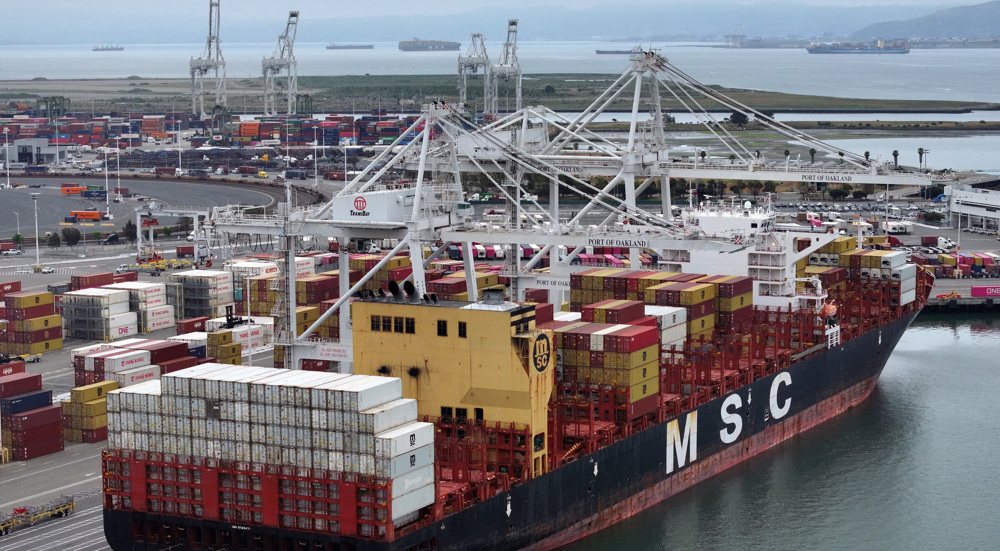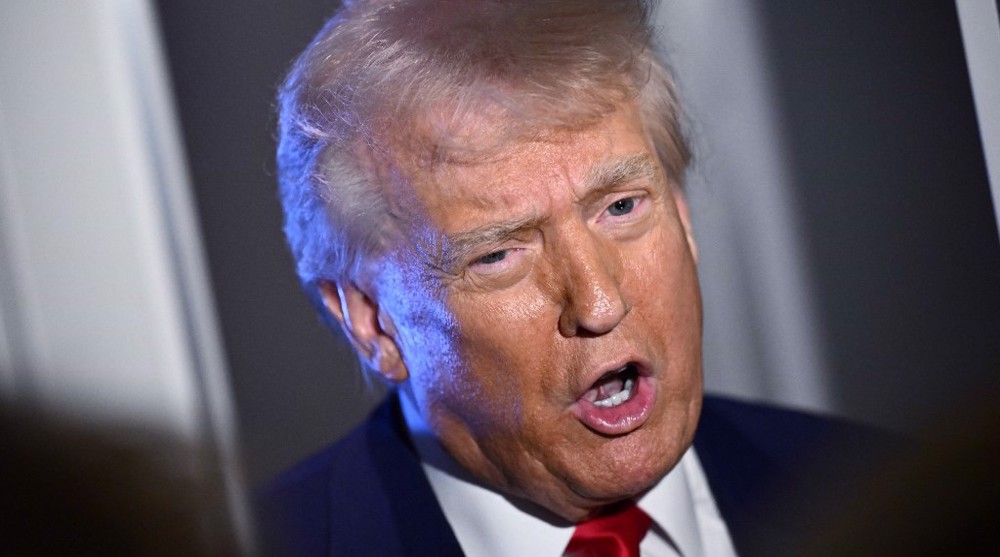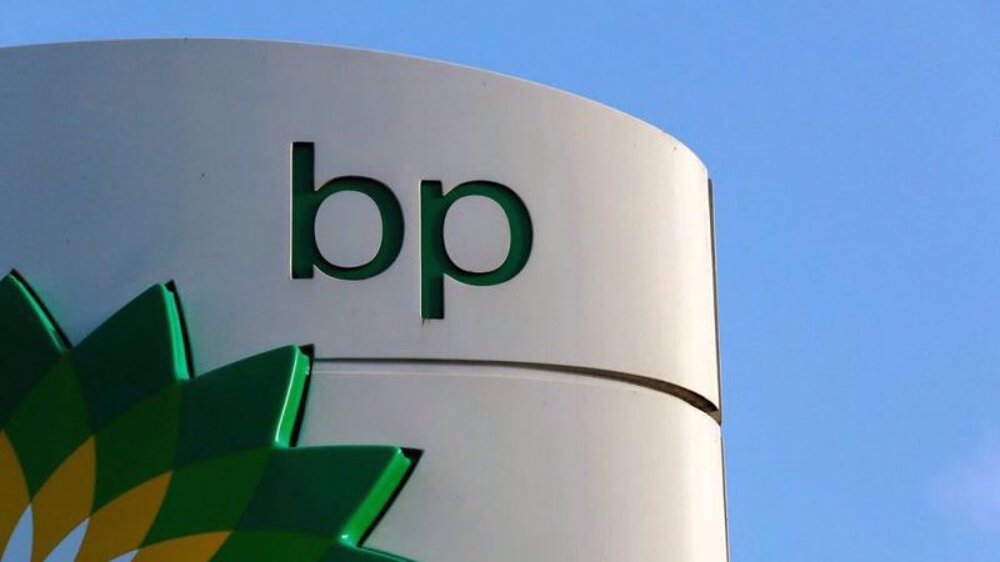Big Little Knives: Knife crimes road to terrorism?
Big Little Knives: Knife crimes road to terrorism?
Yet another teenager, only just 18, has been stabbed to death in west London on Wednesday 26th June 2019 increasing to 31 the toll of knife related deaths in the capital since the start of 2019. Will 2018 remain London’s bloodiest year in almost a decade or do the statistics presage a new record holder?
The murder toll in London reached 134 last year. In 2017-18, there were 137 knife offences for every 100,000 people in the capital. According to official statistics issued by the Metropolitan Police, there were 1,299 stabbings in London alone up to the end of April. This means that knife crime surged by 16 per cent in the capital, year-on-year, in 2018.
According to official figures published by the Office for National Statistics, cases of murder and manslaughter, excluding terror attacks, increased by 12%. There were 732 killings, up from 655 in 2017 - the highest since 2007.
On April 29, it was reported that schools will be forced to install knife arches because of the rampant knife crime epidemic. But is it really effective when in terror attacks, such as the London Bridge stabbing spree, the threat was ‘obvious’ and the authorities failed in their collective duty to protect the public from harm?
Chief Constable Bill Skelly, National Police Chiefs' Council (NPCC) lead officer for crime recording and statistics, in uncharacteristic honesty declared: “Rising crime, increased terrorist activity and fewer police officers have put serious strain on the policing we offer to the public.”
Let’s delve a little deeper into terror attacks; what is the definition of a terror attack? The UK Terrorism Act 2000 describes terrorism as: “The use or threat of action where the action falls within subsection; the threat is designed to influence the government or an international governmental organization or to intimidate the public or a section of the public; made for the purpose of advancing a political, religious, racial or ideological cause.”
The act says the use or threat of action must involve serious violence against a person; serious damage to property; a threat to a person's life; a serious risk to the health and safety of the public; or serious interference with or disruption to an electronic system.
So, why don’t we count knife attacks as terrorist attacks if they involve serious violence against a person and are a serious risk to the health and safety of the public? Just for the appearance of a clean slate or as means of lulling the nation into a false sense of security, the false illusion that the country is safe?
The number of fatalities from terror attacks on UK soil between 1970 and 2015 stands at 3,395, according to GTD. A further 37 people have been killed since then – 36 in the attacks on Westminster, the Manchester Arena, London Bridge and Finsbury Park.
Let’s revisit the London Bridge attack on 3 June 2017, didn’t those Daesh fanatics go on a rampage and launch a stabbing and slashing spree? Weren’t they armed with 12-inch kitchen knives? They murdered eight people and left 48 injured. So, who can guarantee that a boy, 7, who threatened to "knife" a pregnant school teacher, will not be the protagonist of future London Bridge style attacks?

China halts liquefied natural gas imports from US amid tariff war

Negative impact of Trump tariffs on UK economy

BP to be sued in Britain for supplying oil to Israel
VIDEO | Press TV's news headlines
Enrichment on Iran’s soil, meaningful sanction removal ‘red lines’ in talks with US: Spox
VIDEO | India and Pakistan tensions: A march to war?
VIDEO | 3rd Iran-Africa Economic Cooperation Conference kicks off in Tehran
‘Biggest genocide of century’: Iran calls for intl. mobilization to stop Israeli crimes in Gaza
Swiss fencing team snubs Israeli flag over Gaza genocide
Iran ‘strong, confident’ enough to thwart malicious external actors’ plots: Araghchi
Iran foils ‘extensive, sophisticated’ cyberattack on national infrastructures: Official







 This makes it easy to access the Press TV website
This makes it easy to access the Press TV website